
Curious About: Michelle Ogundehin’s Path to a Happy Home
Words: Polly
Photos: Michelle Ogundehin, Curious Coco
“Even from a very early age I think I intuitively knew that my surroundings had a profound effect on me”.
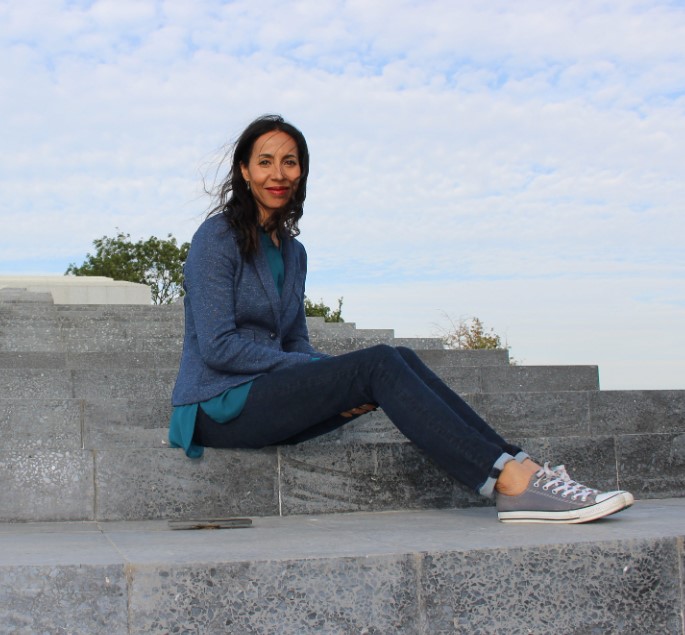
‘The Purpose of Life – to be happy inside.
The Purpose of home – to be happy inside’.
You might imagine the former Editor-in-Chief of Elle Decoration, presenter of Interior Design Masters and Grand Designs House of the Year, would advocate only designer interiors – along with the designer price tag. Yet Michelle Ogundehin has a much more grounded approach that places wellbeing at the heart of the home, irrespective of budget or house size.
Her new book ‘Happy Inside’ is more of a philosophy, a manifesto for a happy home – which isn’t necessarily the tidy, perfect, magazine-shoot-ready one you’d expect. Rather, Michelle explores how the continual quest for bigger, better, newer; “if only I had x,y,z I’d be happy” is a false premise. This constant desire for a ‘substitute life’ (Charlotte Joko Beck), only leaves us suspended in a perpetual consumerist trap that doesn’t promote wellbeing or happiness. Happy Inside is a tome for a calm, harmonious lifestyle in which the soul and sanctuary are in sync, resting upon a foundation that is emotionally intelligent.
‘You do not need as much as you think to have a meaningful life. The path to peace is not lined with possessions’.
It’s about a home rich in your personality, a curated rather than cluttered space with room to breathe and think clearly. Read on to discover the influences that have informed and shaped this understanding for Michelle.
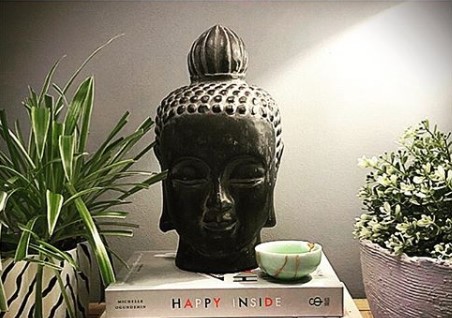
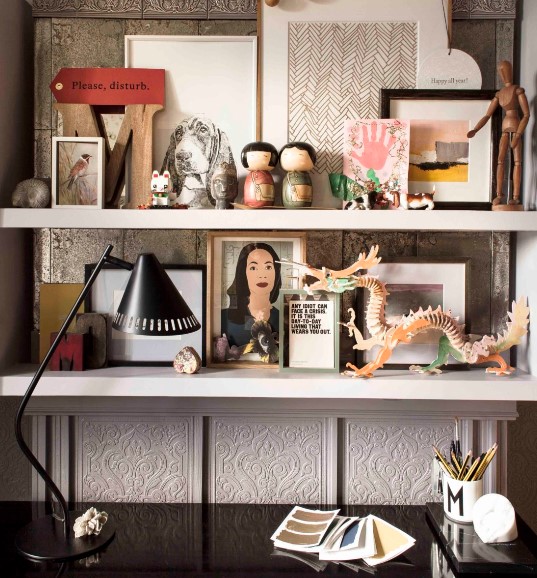
You trained as an architect at the Bartlett, how has this discipline assisted your design thinking?
I look back and think I kind of scooted through both school and university happy to go along with the flow, just soaking it all up like a giant sponge without too much questioning. A diploma year doing leaf prints and casting Barbie dolls in various materials under the guidance of a more ‘experimental’, shall we say, tutor was rather stretching. However so was the degree that preceded it which was at the other end of the scale, dealing very pragmatically with everything from vehicular turning circles to the size of a brick! But the overall result was a fantastically comprehensive education that enabled me to come to my own conclusions when I’d actually learnt enough to be able to do so.
When did you realise you had a passion for buildings, for the home?
Even from a very early age I think I intuitively knew that my surroundings had a profound effect on me. I was always moving my bedroom furniture around, somehow knowing that if I could just shift this here and shunt that there, the room would be all the better for it, meaning it would feel better, to me. It was almost a given then to go on to study architecture. Plus, at the time, my Dad had this thing about the importance of choosing a vocational degree, by which he meant Architecture, Law or Medicine. I was way too squeamish to be a doctor, thought law sounded boring, so architecture it was!
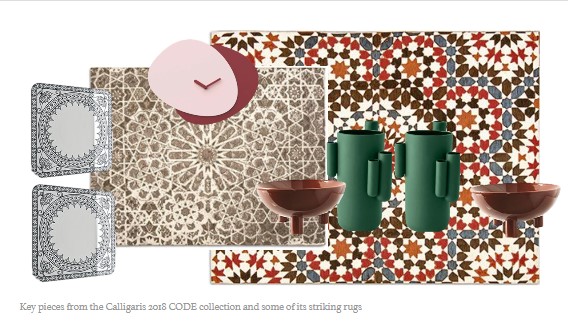
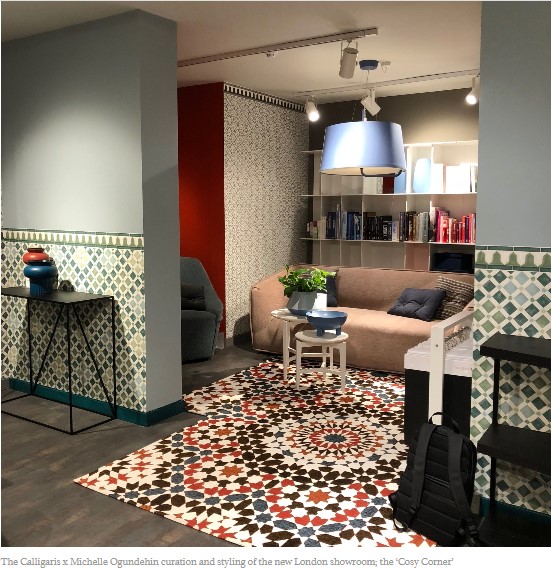
Why the shift from architecture to interiors?
I don’t really consider it a shift. Both disciplines are about the human-scale manipulation of space for the comfort of the inhabitants. As such, I think it is always massively to the detriment of both to consider them separately.
How would you define your own style?
I’m pretty obsessive about texture. I always want to be surrounded by surfaces that thrill my fingers and eyes. It’s never just about the way something looks, it has to be how it makes me feel, as well as literally, how it feels. I want to be cosseted and comforted by my environments which is all about putting in the work to creating a perfectly balanced palette of materials, colours, finishes and fittings before you begin, as detailed in the book!
But it’s also all about extreme efficiency of layout and a sense of curation and containment. I love to display sentimental things, but it will never feel cluttered because of adhering to this rigour.
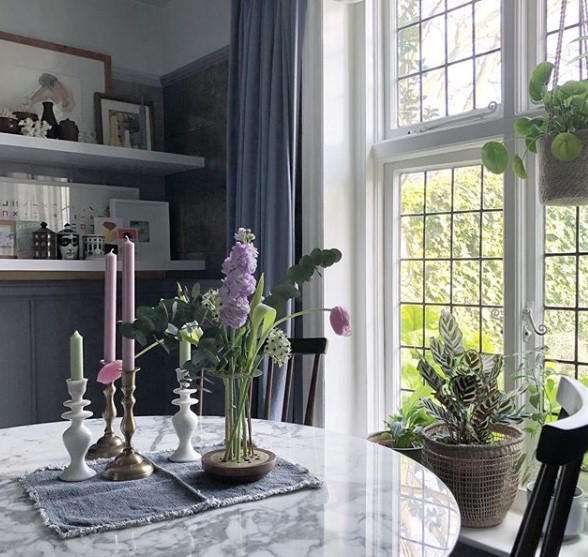
Is there a style or movement you particularly dislike, or wish history would skip?
Subjectively speaking, I’d never been that fond of the Memphis look or Post Modernism, but that’s to divorce an aesthetic from the thinking behind it. I was lucky enough to interview Ettore Sottsass once, and his sheer warmth and maverick brilliance was such a joy, it gave me a completely different perspective. I still wouldn’t choose to live in such a space, but I can appreciate it for what he was trying to achieve.
Most importantly all trends and movements reflect a particular moment in time and everything stands on the shoulders of what came before it, and always inspires, even if by rejection, what comes afterwards. Everything is interconnected, so nothing can, or should, be skipped! And I’m always more interested in the ‘why’ of such swings, rather than the ‘what’.
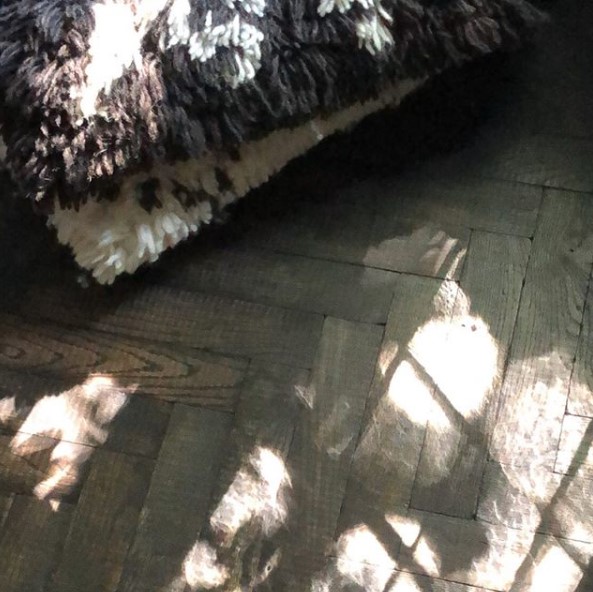
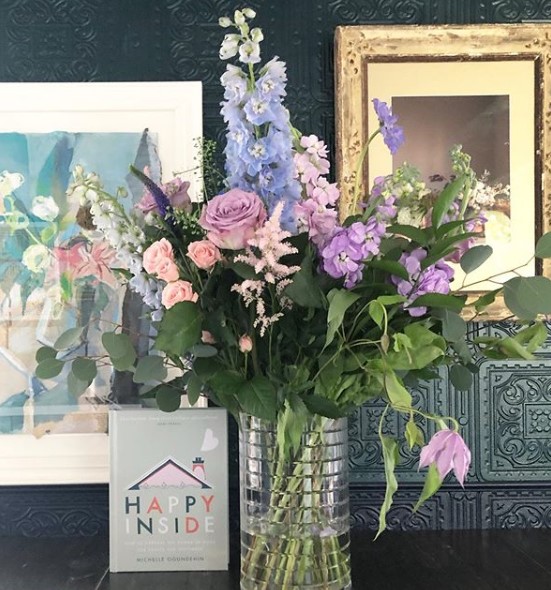
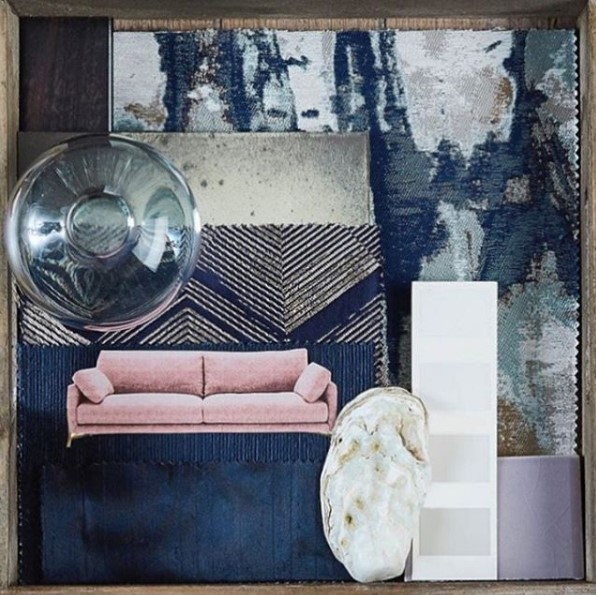
What key threads define a great interior for you?
Quite simply: does it answer the brief, and does it push the envelope, while being appropriate as defined by the client. This last bit is the most important. Many designers, especially in their early days, create spaces as if designing for themselves. Sure, it’s important to develop what you stand for, but not to then plaster this look over every space regardless. The best designers take what they know and love but flex and adapt it to the space and client to come up with something unique and original.
Anyone can replicate a ‘look’,
but that’s not interior design.
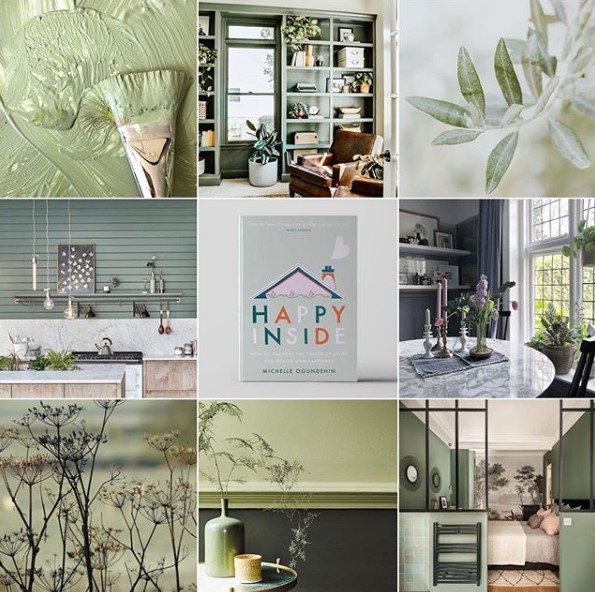
Pantone famously missed the mark with their 2019 colour of the year, Living Coral, which ignored the devastation to coral reefs, especially in Australia (Bleached Coral would have been more accurate). They’ve played it safe with Classic Blue this year. What colour do you feel represents the world today?
For 2020 many other colour companies concurred on various shades of green, and in this I think they were closer to the mark. These are dark times indeed, but only if we do not learn from them. We’re being given, individually, a chance to pause, take stock, and consider our personal contributions to the bigger picture. From here can new shoots begin to grow. And green is nothing if not an optimistic colour intrinsically linked to the idea of new beginnings and fresh starts. I think though that Dulux’s Tranquil Dawn pick was beautiful but perhaps a touch too tranquil, WGSN’s Neon Mint was overly strident, and The US manufacturer Behr paints’ Back to Nature was a touch sickly. I’d probably have gone with a slightly deeper but dirtier (ie with more grey in it) shade of green.
But a year ago when such predictions were made, I don’t believe anyone in their wildest imagination pictured the world in lockdown. That said, with levels of chronic disease and mental health disorders spiraling throughout the world, the writing was already on the wall.
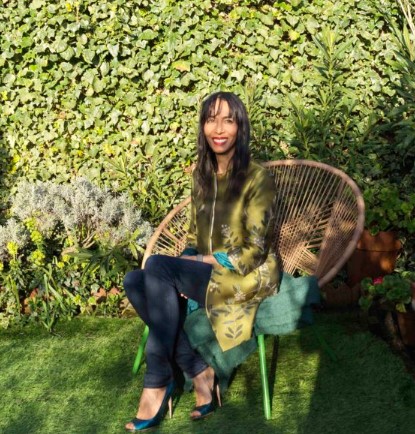
Yes, and lockdown has made the home as sanctuary more important than ever. How does your home bring calm and reassurance?
Every single component of my home contributes to my happiness and comfort. From what I see as soon as I step over my threshold, to the weight of my cutlery, the squish of my cushions to the feel of my sheets when I go to bed at night. I wholeheartedly live and breathe my #happyinside philosophy and this is why I can testify to its efficacy. And I say this having moved a lot in the past (both cities and continents) and having lived through many an unappetising rental, as well as previously struggling with insomnia and having my fair share of life’s ups and downs. But all of it contributed in some way to the development of my #happyinside philosophy. Basically, I learnt many lessons the hard way so that my readers don’t have to. But as a result, I also now sleep like a baby!
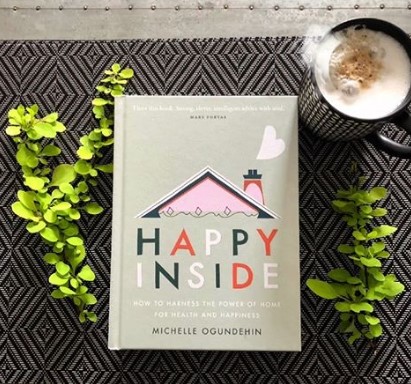
Your new book, Happy Inside, delves deeper into the home as the core of health and emotional balance and as a mirror of our emotional state. Tell us more about the importance of interiors and how design impacts on personal wellbeing;
I wrote Happy Inside because I was thinking about the spiraling levels of stress, angst and strife that I mentioned earlier, and I wanted to change the way we think about home-making. I wanted to completely debunk any ideas of home-making as being something frivolous. It’s not, it’s fundamental to health and happiness. But also because people frequently asked me the wrong questions in pursuit of a harmonious home, and I firmly believe that if you want positive personal change of any sort, you must first address your environment.
So, the larger mission of the book is to empower everyone to be their own interior designer, based on the understanding that creating a carefully considered home that supports your wellbeing can be a total game-changer in today’s busy world — your secret super power!
You explore the idea that ‘to stop is to succeed’, creating interiors that aid relaxation. What benefit does mastering the ‘art of slow living’ bring?
It’s not so much about ‘slow living’ as a sense of mindfulness applied to the very creation of your home. This is about really leaning into the choices you make about what surrounds you. And I don’t just mean the physical pieces of furniture, lighting and accessories; I mean every single colour, finish, fabric and wallcovering chosen, alongside the products you use to clean your body and home, the food you eat and the way in which your home enables relaxed downtime.
We are sensory beings, and yet many people’s concern is only for what their home looks like, as opposed to how it makes them feel. We need to turn our attention fully to the making of homes that stimulate us positively on every level, from the sounds you wake up to, to the scents which surround you. This enables a truly holistic connection to the space in which you live, and thus you will, by default, be able to create a home that is uniquely tailored to your needs and desires. Which to me is the only point of any level of interior design.
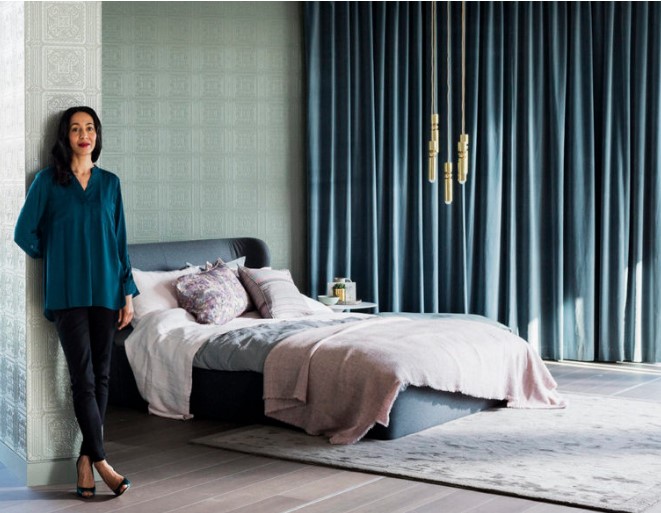
If you could live in any home in the world, which would you choose?
My own. Although the Casa Malaparte in Capri designed by Adalberto Libera would be pretty spectacular as a second home! And I think I’d love a classic Parisian Haussman apartment for the panelling alone, or any Renaissance Italian palazzo with a frescoed ceiling. In such a space I could see myself happily sitting on a box in a patch of sunlight, needing for little else.
Looking back on your career, what has been the most defining moment?
I’m not sure there can ever be a single moment that defines a life. We are all a complex amalgam of every single decision we make, whether seemingly inconsequential or large. The compulsion to turn left or right; leave a job or hang on in there; pursue a relationship or never give one a chance; live here or there. It’s all very sliding doors. Change one thing, change everything! So, I’m happy where I find myself, because I accept the decisions I’ve made thus far. Besides, I think it’s a great truism that we only regret what we don’t do, not what we do. As such, my only big missed opportunity was that once as a student I had the chance to travel to Ireland with a group of Irish friends to see U2 perform, but I couldn’t afford the ticket, so I missed out. On balance, I think that’s not too bad overall!
What advice would you give to your rookie self?
Just keep truckin’!
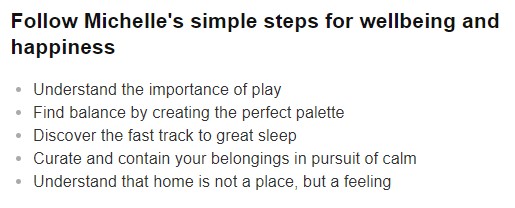
Curious for more? Explore..
michelleogundehin.com
@michelleogundehin


